By Penny Pawl, UC Master Gardener of Napa County
As you drive around Napa Valley at this time of year, you see many beautiful shrubs and trees blooming in a varieties of colors. One standout is crape myrtle (Lagerstroemia), which has been imported from Asia, India and Australia. This plant grows well in our climate and is great to include in a drought-tolerant landscape.
Crape myrtle blossoms may be white, pink, purple, red and shades in between. I like the bark, which tends to peel in the fall. Underneath the outer bark is a smooth bark of smoky brown.
Crape myrtle do not have invasive root systems, which may be one reason they are used as sidewalk margin trees. They don't lift the sidewalks as so many other trees do. And their beautiful fall color is another reward.
Crape myrtles have been grown in China since the Tang dynasty. The Chinese called them the “100 days tree” because its blooms last so long. Another name was “monkey tree” as monkeys could not climb the smooth bark.
I have several crape myrtles growing in my garden. You can easily prune them to different sizes and forms. One of mine is in a long, narrow driveway planter. Over the years, I have cut this plant down and trained it downward so the entire planter is now filled with the plant. It is about two feet tall and eight feet long, it makes a nice display when blooming. I seldom have to water it. Occasionally, I add a few inches of compost.
I've allowed my other crape myrtles to grow to about 10 feet. They are topped during the winter. They flower best on new growth but will flower on old wood.
When you prune crape myrtle, don't chop it down to the ground. Just take the ends of the branches with the seed pods from the old blooms and cut back. Remove any sprouts at the base of the trunk and any unwanted crossing branches. When cutting a branch back, either cut clean with the trunk or a node. Crapes myrtles demand little care other than occasional pruning.
The crape myrtle used for sidewalk trees is L. fauriei species from Japan. This type can reach 30 feet and has small white flowers that are resistant to mildew.
Mildew has never been a problem with the smaller varieties growing in my garden. The Japanese crape myrtle is used to create hybrids with mildew resistance.
Crape myrtles have been in this country since it was founded, imported from India to the Southern U.S. They became very popular but were heavily impacted by powdery mildew. In the 1950s, U.S. Arboretum personnel went to Japan to find mildew-resistant varieties. They brought seeds back with them and started to cross breed. They gave the new plants names from Native American cultures such as Zuni, Tonto and Arapaho. These hybrids are sold at nurseries today.
Experiments with breeding crape myrtle continue in the South. About 10 years ago, breeders debuted a new variety called the Ebony Series, with black leaves and red blooms. Soon one will be growing in my garden because I could not resist.
This plant got its name because of it crinkly flowers and leaves. Sunset's Western Garden Book has almost an entire page dedicated to crape myrtle. It lists the various hybrids with information on size, flowering and mildew resistance. It also lists the zones the plants do the best in. Napa County is Zone 9.
Food Growing Forum: Napa CountyMaster Gardeners will present a discussion of “Perennial Vegetables, Garlic and Alliums” on Sunday, October 10, from 3 p.m. to 4 p.m., via Zoom. Register here to receive the Zoom link.
Free Guided Tree Walk: Join Master Gardeners of Napa County for a tree walk in Fuller Park in Napa on Tuesday, October 12, from 10 a.m. to noon. Limited to 12 people per walk. COVID safety protocols will be followed. You will be asked health questions and asked to sign in. Face masks and social distancing are required. Register here.
Workshop: Napa County Master Gardeners will present a workshop on “Home Vineyard Soil Improvement for Grape Quality and Climate Change” on Sunday, October 23, from 9 a.m. to 12:30 p.m. Learn actions you can take to improve soil health and mitigate climate change. Depending on Covid, this workshop may be conduction in person at a vineyardin Napa, or it may be via Zoom. Register here and you will receive an e-mail a few days before the event with the workshop location or Zoom link.
Got Garden Questions? Contact our Help Desk. The team is working remotely so please submit your questions through our diagnosis form, sending any photos to mastergardeners@countyofnapa.org or leave a detailed message at 707- 253-4143. A Master Gardener will get back to you by phone or email. For more information visit http://napamg.ucanr.edu or find us on Facebook or Instagram, UC Master Gardeners of Napa County.
Attached Images:
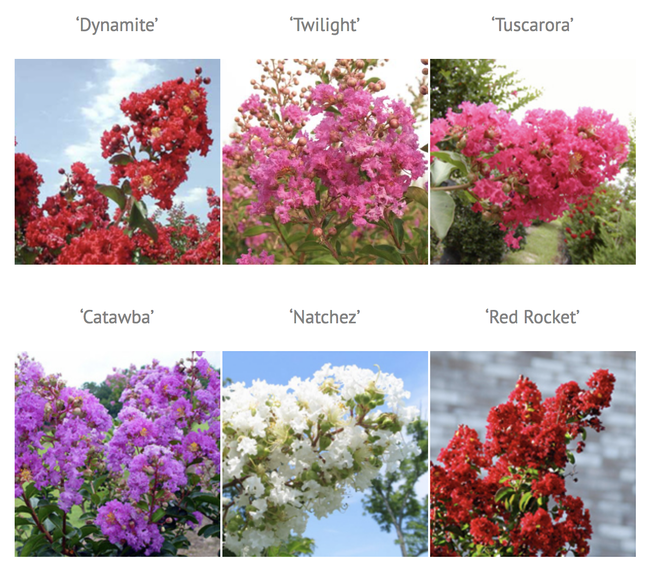
These are only a few of the colors of crape myrtle. (idiggreenacres.com)
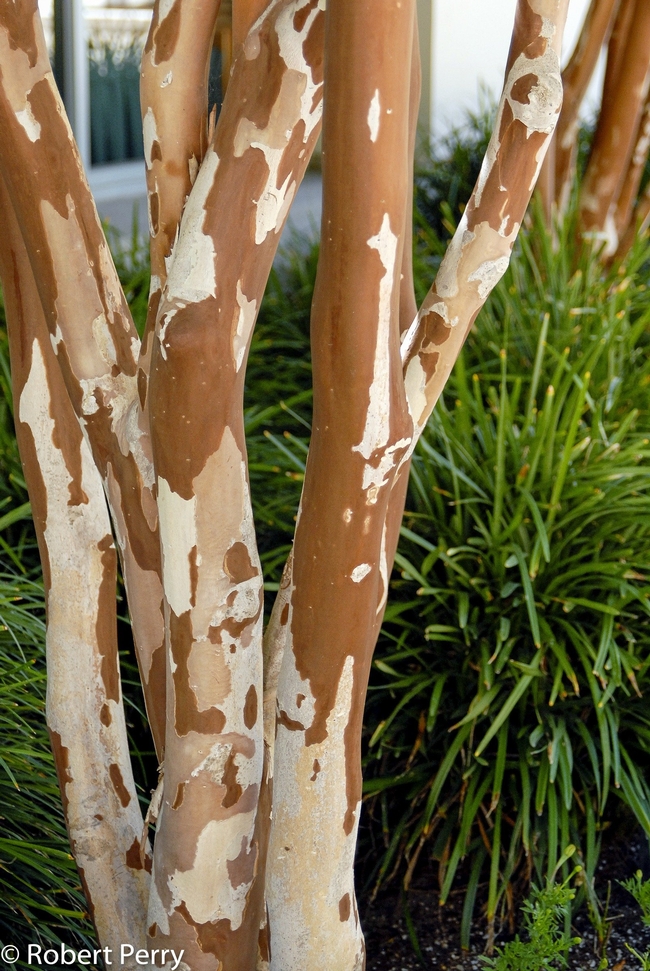
This is the bark of just one variety of crape myrtle. Use your web browser to see many more! (inlandvalleygardenplanner.org)
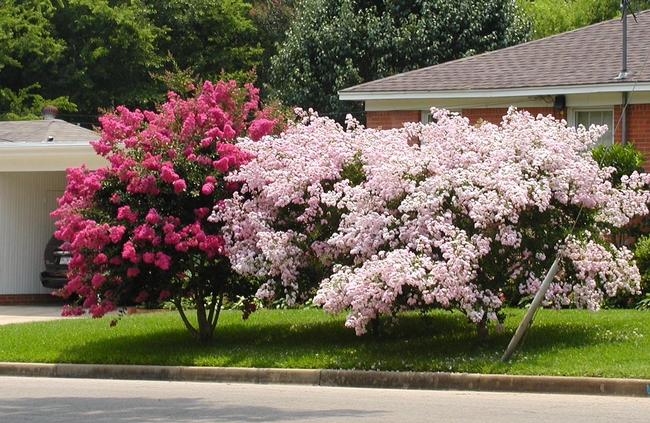
There are smaller crape myrtles . . . . (agrilife.org)
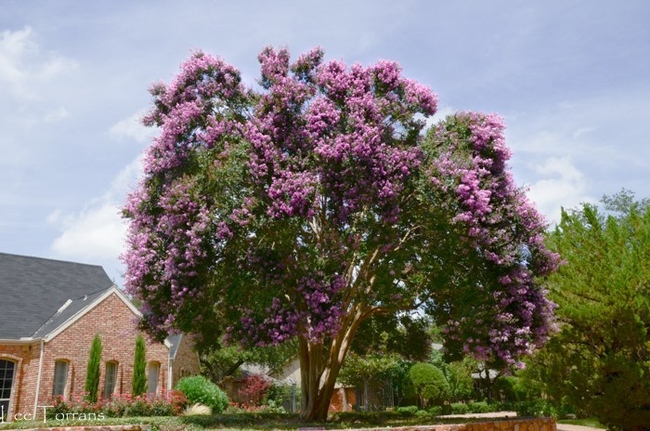
. . . . and then there are tall ones! (crapemyrtleguy.com)
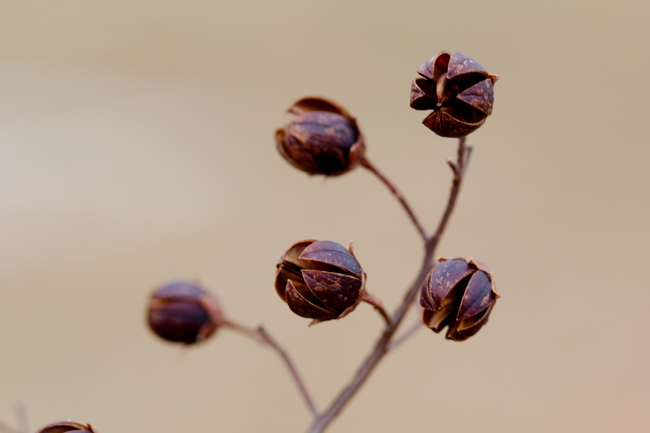
Crape myrtle seed pods. (henryhartley.com)
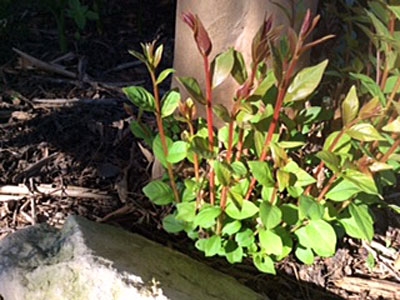
Remove suckers from the base of the crape myrtle. (leafwoodrock.com.au)
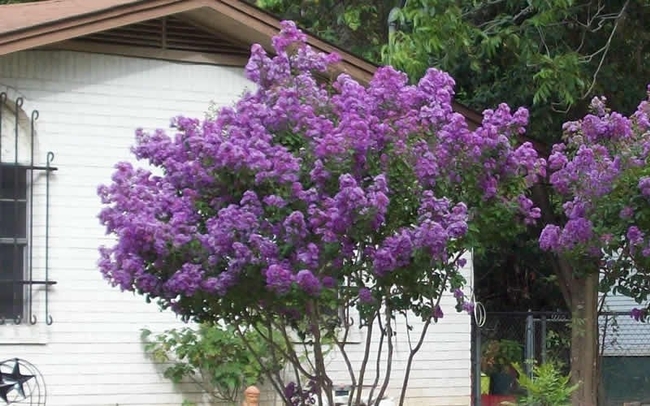
Zuni crape myrtle. (gardenerdirect.com)
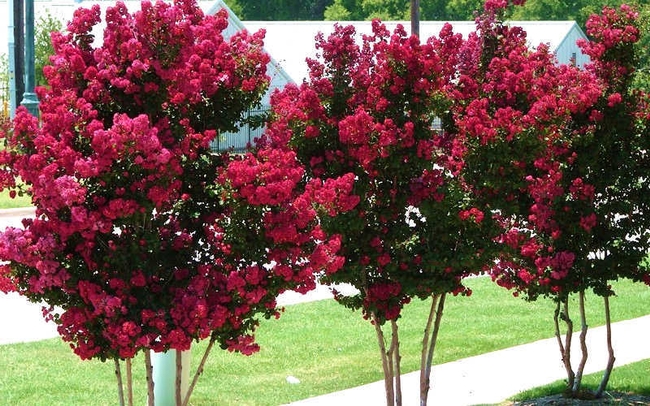
Tonto crape myrtle. (wilsonbrosgardens.com)
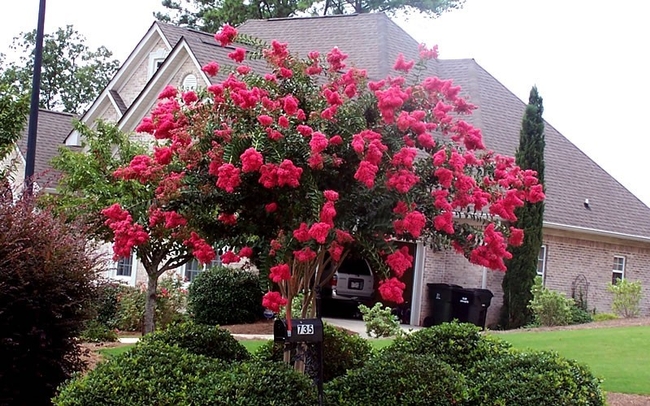
Arapaho crape myrtle. (gardenality.com)
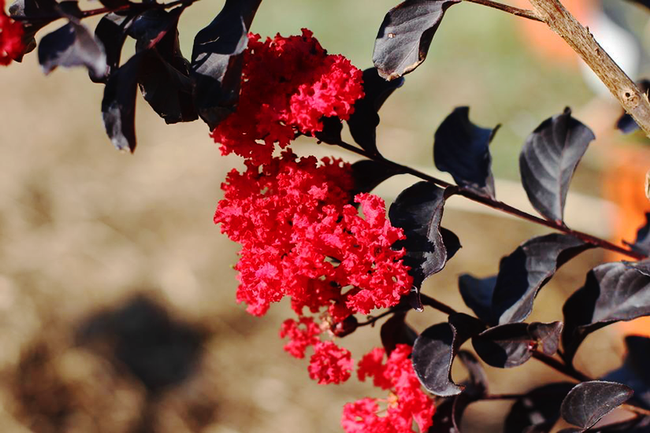
Wow! Black leaves! Ebony crape myrtle. (thetreecenter.com)

Sunset Western Garden Book (amazon.com)